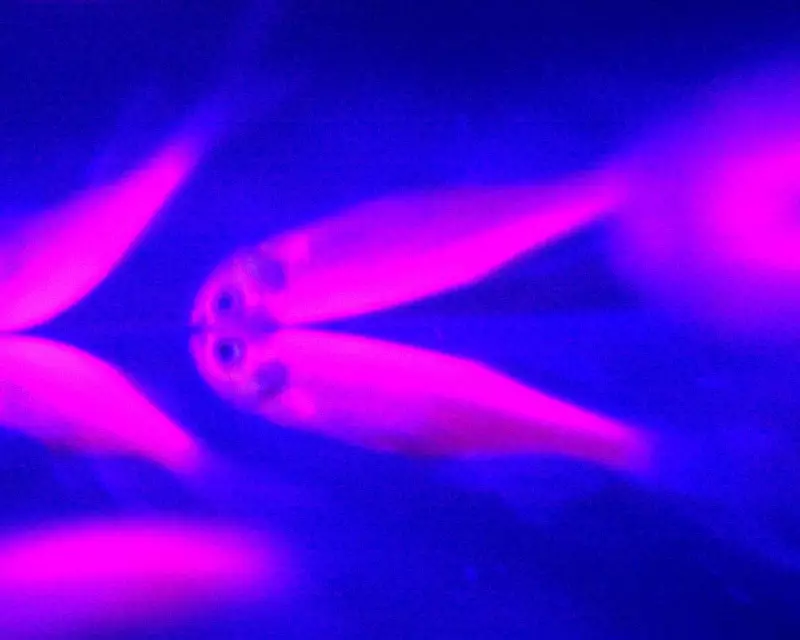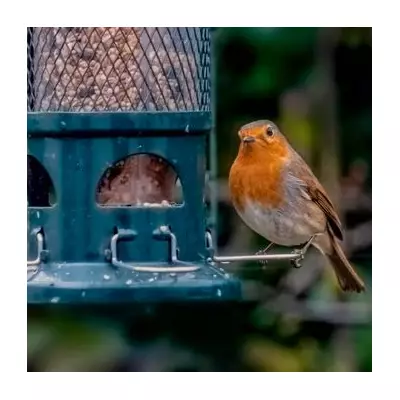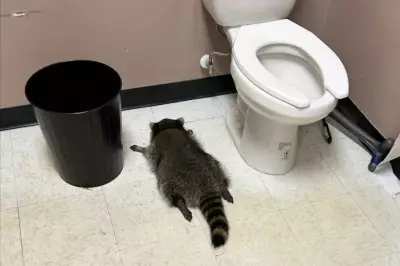
In conservation laboratories around the world, scientists are undertaking what was once unthinkable - deliberately rewriting the DNA of wild animals. This radical approach represents a fundamental shift in how we might save species from extinction, but it raises profound ethical questions about humanity's role in shaping nature.
The New Arsenal Against Extinction
Traditional conservation methods are increasingly proving inadequate against the accelerating pace of habitat loss, climate change, and disease. Now, researchers are developing sophisticated genetic tools that could potentially rescue species on the brink of disappearance.
These techniques include:
- Gene editing to eliminate inherited diseases from small populations
- Genetic rescue to increase diversity in isolated groups
- De-extinction efforts to bring back lost species
- Climate adaptation modifications to help species survive changing environments
The Ethical Minefield
This new frontier of "synthetic conservation" divides the environmental community. Proponents argue that with extinction rates soaring, we have a moral obligation to use every tool available. Critics counter that we're crossing a dangerous line, creating "designer wildlife" that may have unpredictable consequences for ecosystems.
"We're not just preserving nature anymore - we're actively redesigning it," notes one conservation geneticist who wished to remain anonymous. "The question is whether we have the wisdom to do this responsibly."
Case Studies: From Lab to Wilderness
Several projects are already advancing from theoretical concepts to practical applications:
- American chestnut trees engineered with wheat genes to resist blight
- Black-footed ferrets receiving genetic modifications to combat disease
- Hawaiian honeycreepers potentially edited for malaria resistance
- Corals being modified to withstand warming oceans
The Regulatory Challenge
Governments and international bodies are scrambling to develop frameworks for this emerging technology. The current regulatory landscape is a patchwork of conflicting guidelines, with some countries embracing genetic interventions while others impose strict moratoriums.
The central dilemma remains: In our urgency to save species, are we risking the creation of ecological problems we cannot foresee? As one ethicist framed it, "We're learning to play god before we've learned to be good stewards."
The conversation about genetic conservation is no longer academic - it's happening in laboratories and wildlife reserves today. The decisions we make in the coming years will shape not just which species survive, but what kind of natural world we bequeath to future generations.





